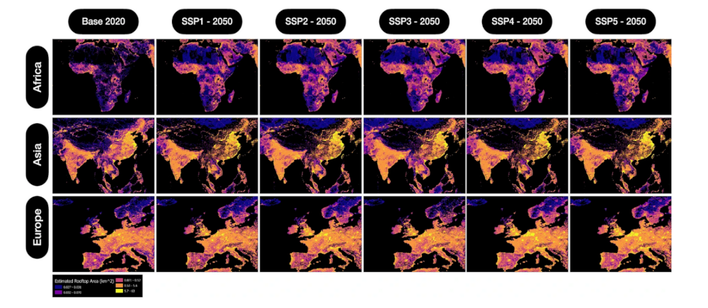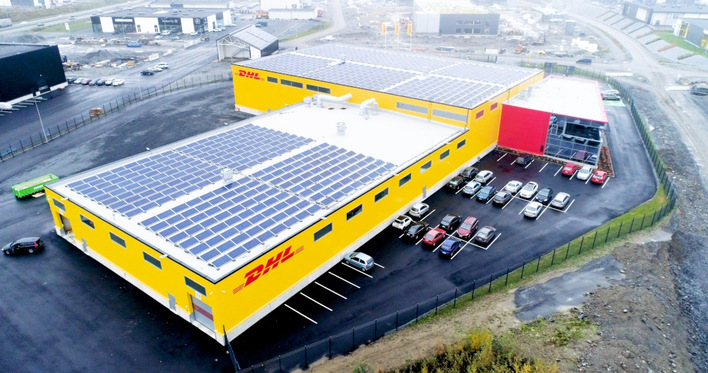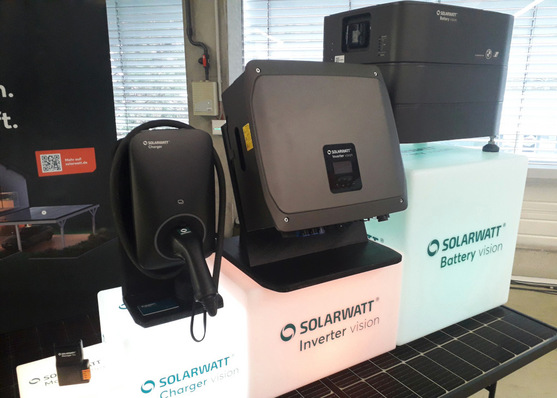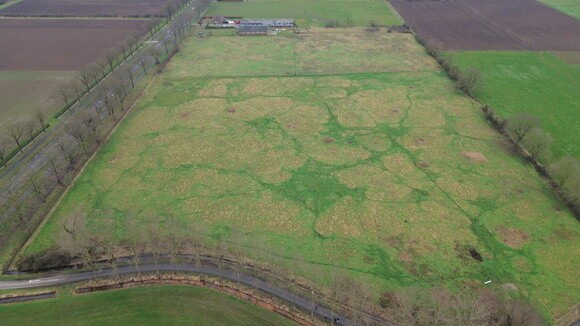How would you assess the development of your in-roof system Solrif on the market?
Helge Hartwig: Business is going well, we have end customers that have contacted us indicating interest. The majority of our sales go through our partners among the panel manufacturers. But it varies, depending on how proactively they market their in-roof systems. And, of course, on the idiosyncrasies of Europe’s regional markets.
Are your Solrif-related activities limited to Europe?
Generally speaking, yes. The German market is very underrepresented in Europe, where historically there have been considerable prejudices against in-roof systems. The Scandinavians are taking a more pragmatic approach. In the UK, Norway and Sweden, we see very noticeable growth, although there is no subsidy specifically for BIPV. Customers in the Netherlands are also reporting increased interest, and sometimes in the Baltic States. Recently, we have also been selling to countries such as the Ukraine.
So far, the French market had been a centre of roof integration, based on generous government subsidies for these kinds of systems. That has now come to an end. Will the market grind to a halt?
The market in France is very strongly protectionist, starting with the central issue of how much nuclear power should be used in the future. But on BIPV: Because of the government subsidies, France saw a lot of building, but sadly some of it was rubbish. Once a subsidy is withdrawn, it usually takes a while until the market reorients itself. On the one hand, there is a great deal of experience in roof integration, but on the other hand, badly implemented roofs – even if they are the exception – are not helpful.
Will there be follow-up funding?
I do not see that coming – and I am not sure it is desirable. All over Europe we can see that the free markets do best, for on-roof installations, but also in BIPV. Anyway, the subsidies only applied to small-scale installations anymore. But the trend in France goes towards larger larger roof-top installations because the installing companies there can generate greater turnover and higher profit margins with them. Or towards really large-scale solar parks, which is a result of bidding processes that are exclusively based on the price of solar grid power.
So, small-scale roof installations remain a problem?
The incentives for building setting up small installations in combination with battery systems and e-mobility are too small in France. Planning smaller and more complex installations often is too much effort for some installing companies. Especially, if those are roof-integrated arrays. Compared to that, electricity tariffs are relatively reasonable. Which brings us back to nuclear. But in the medium term, France will also come round to building solar generators for self-consumption, including smaller systems. The EU’s Energy Performance of Buildings Directive will also have an impact.
Why is there more effort in planning in-roof systems?
Our Solrif system is a very inexpensive solution that requires very little planning and can be applied to many standard cases. It is standardised for the common types of tiled roofs. If the customer wants a fully PV roof that also takes chimneys or skylights into account, the system needs to be carefully planned. This should include (detailed) project planning, and even cross-section drawings. After all, this is not just about the solar panels but the entire roof. Many installing companies shy away from that. This is partly because they may forget to tell their customers about the extra effort involved until it is too late.
Does it require specialists?
Detailed planning requires experienced specialists in both PV and roofing. You know, everybody understands that solar façades need to be properly planned and that this comes at a cost. You need a planning order and there is an effort involved. For in-roof systems, many installing companies are still struggling very badly. Nevertheless, I see slow and steady growth, even in Germany.
What are the problems that stand in the way of roof integration?
It is less about problems and more about biases. In Germany, the question we always get is about rear ventilation of the panels. All experience has shown that the rear ventilation that is standard for conventional roof tiles works well. What is often underestimated is the lack of a bottom edge: That allows the rain to easily wash off any dirt. There may even be additional yield; and it is impossible for snow to settle. (HS)
Learn more about solar architecture and BIPV.
Keep up with innovation in PV! Watch our PV Guided Tours at The Smarter E Europe in Munich:
https://www.pveurope.eu/Videos/pv-Guided-Tours-videos-2018
Stay informed, get our newsletter twice a week.
Register here: https://www.pveurope.eu/Newsletter
Read more about solar modules.
Read more about solar mounting systems.
Read more about solar energy storage.







